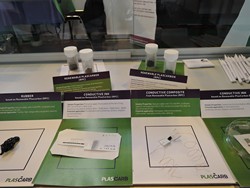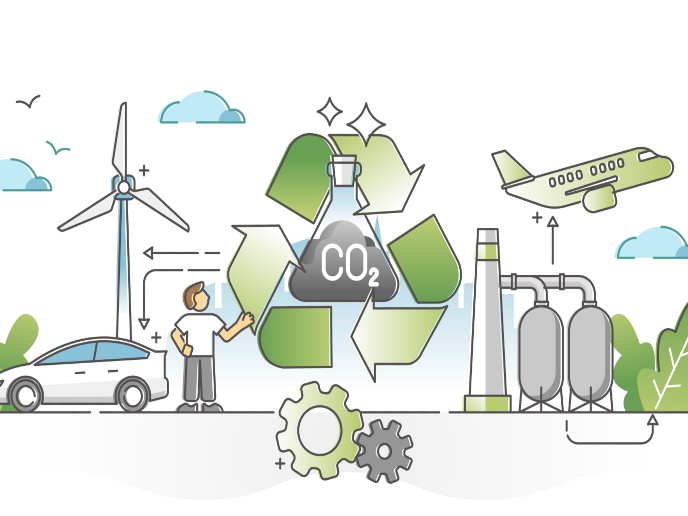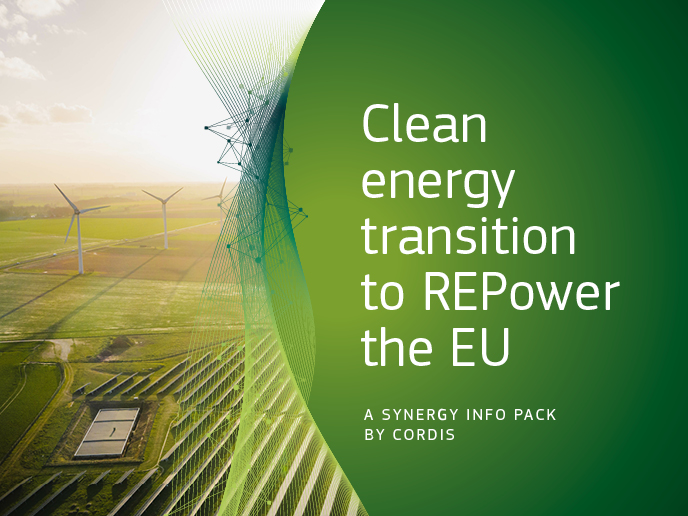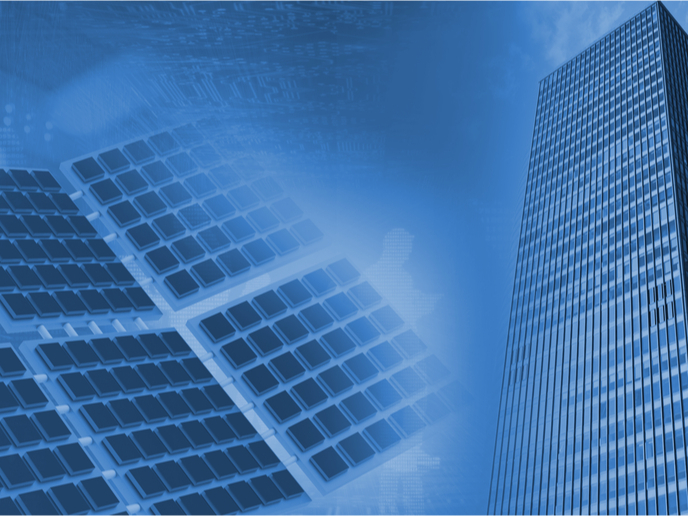Graphitic carbon and renewable hydrogen production from food waste
Let’s contemplate for a second the future as the EU is trying to shape it: people drive electric or hydrogen fuel cell-powered cars, waste gets reused and recycled to reduce our environmental footprint, and new materials allow for groundbreaking technologies we could never have hoped for otherwise. While this surely sounds like an ambitious plan, an EU project with funding of just a little over EUR 4 million is trying to make it a reality with the help of a novel processing technology. The plasma process that the PLASCARB (Innovative plasma based transformation of food waste into high value graphitic carbon and renewable hydrogen) project came up with consists of transforming the biogas output from anaerobic digestion (AD) of food waste into graphitic carbon — a compound made of different layers of graphene — and renewable hydrogen (RH2). ‘We take the food waste through an anaerobic digester, which is a well-established technology to produce biogas (CH4 & CO2). Then, following purification, it passes through a low temperature microwave plasma reactor to produce the graphitic carbon (named as renewable PlasCarbon) and renewable hydrogen,’ says Neville Slack, coordinator of the project for the UK’s Centre for Process Innovation (CPI). Graphite/graphitic carbon is notably a key component of lithium-ion batteries, whilst H2 is used in many chemical and process industries and a potential fuel to power H2 fuel cells. The first is worth some EUR 10 billion per year, and the second is set to take over a market that was worth 286 million tonnes in 2016 — 95% of which is currently produced from fossil fuels. Pilot scale demonstration In its original form, the project aimed to validate at pilot scale the continuous operation of its integrated process for a period of one month. The team planned to build its own plant with a view to having 150 tonnes of mixed food waste digested and generating over 25000m3 of biogas, before transforming 2400m3 of this biogas into highly graphitic carbon with a market value of over EUR 2500/tonne and RH2. But that was before they had to face unforeseen difficulties: ‘We initially had a delay in obtaining a major piece of equipment from a supplier, which eventually resulted in the AD plant not being available within the timescale of the project,’ Slack explains. The consortium had to take AD biogas via food waste from another source before it was able to create the required plant and products. Other pitfalls included a partner which filed for insolvency, and a review of the renewable hydrogen that was deemed not to be commercially viable at this scale of operation and therefore could only go through a desk top validation. ‘Despite the problems we faced, our trial produced good quality Renewable PlasCarbon from biomethane derived from food waste,’ Slack notes. Looking into market opportunities The team’s work didn’t end there. ‘We looked at the market opportunities from two sides. Firstly we carried out a market appraisal which looked at the potential applications in which the Renewable PlasCarbon could be used: these included batteries, supercapacitors, rubbers, sensors, printed electronics etc. Secondly — and probably more importantly — we carried out extensive product characterisation of the renewable PlasCarbon to find out just exactly what it was made of in terms of structure, and also just how good it was. From there we have used the material in a range of test products that include conductive inks, rubbers, 3D printed lattice structures, supercapacitors, photoluminescence, catalysts, and also investigated opportunities in the fuel cell market,’ Slack says. One of the most recent outcomes of PlASCARB was a scientific study on the value and usefulness of Renewable PlasCarbon, and the team is now producing a post-project engagement portal named PLASCARB Viability Assessment that will include business information, case studies of PLASCARB’s applicability in other countries for example Germany, Hungary, Norway. ‘Now we are actively looking for opportunities to take the technology to the next commercial stage,’ Slack concludes.







